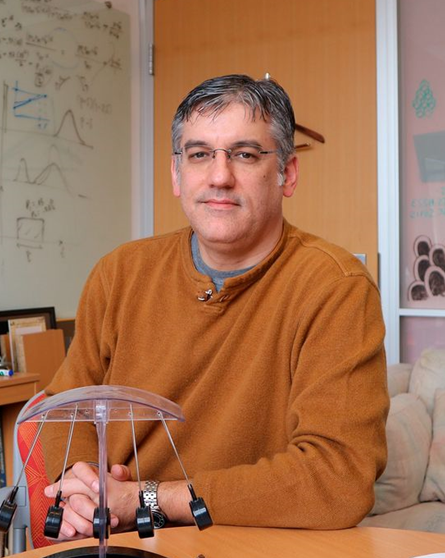Quantum Computing with Atoms
February 4 (Thursday), 2021
Abstract: Trapped atomic ions are the unique quantum computing physical platform that features qubits with essentially infinite idle coherence times. Such atomic clock qubits are controlled with laser beams, allowing densely-connected and reconfigurable universal gate sets. Unlike all other physical platforms for quantum computing, the path to scale involves concrete architectural paths, from shuttling ions between QPU cores to modular photonic interconnects between multiple QPUs. Full-stack ion trap quantum computers have thus moved away from the physics of qubits and gates and toward the engineering of optical control signals, quantum gate compilation for algorithms, and high level system design considerations. I will summarize the state-of-the-art in these quantum computers and speculate on how they might be used.

Biography: Christopher Monroe is Professor of ECE and Physics at Duke University and the co-Founder and Chief Scientist of IonQ, Inc. Monroe is an atomic physicist and quantum engineer, specializing in the isolation of individual atoms for applications in quantum information science. At NIST in the 1990s, Monroe co-led the team that demonstrated the first quantum logic gate. At the University of Michigan and the University of Maryland, Monroe’s research group pioneered all aspects of trapped atomic ion based quantum computers, making the first steps toward a scalable, reconfigurable, and modular quantum computer system. In 2016, he co-founded IonQ, a startup company leading the way in the fabrication of full-stack quantum computers. Monroe is a member of the National Academy of Sciences and is one of the key architects of the U.S. National Quantum Initiative passed by Congress in 2018.
